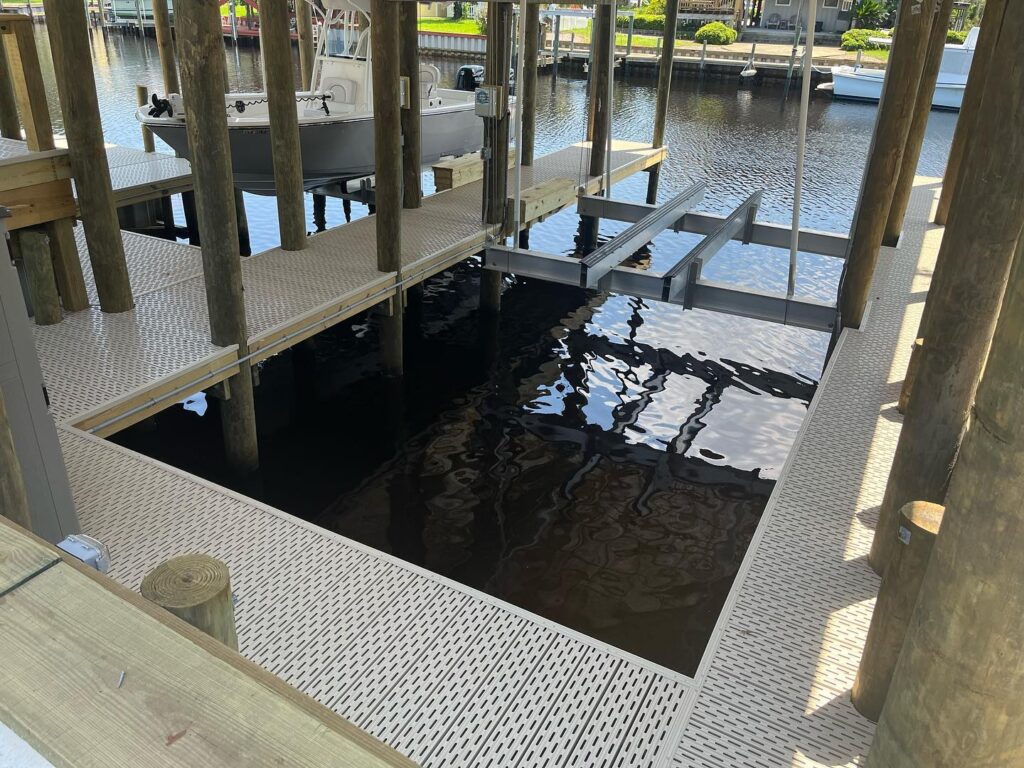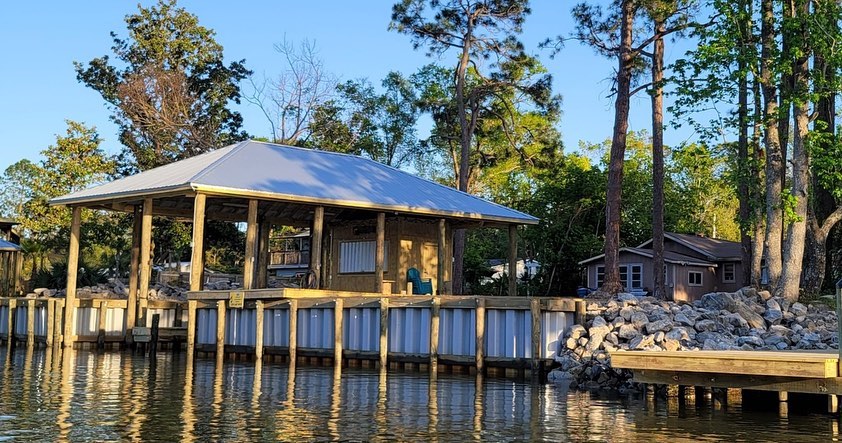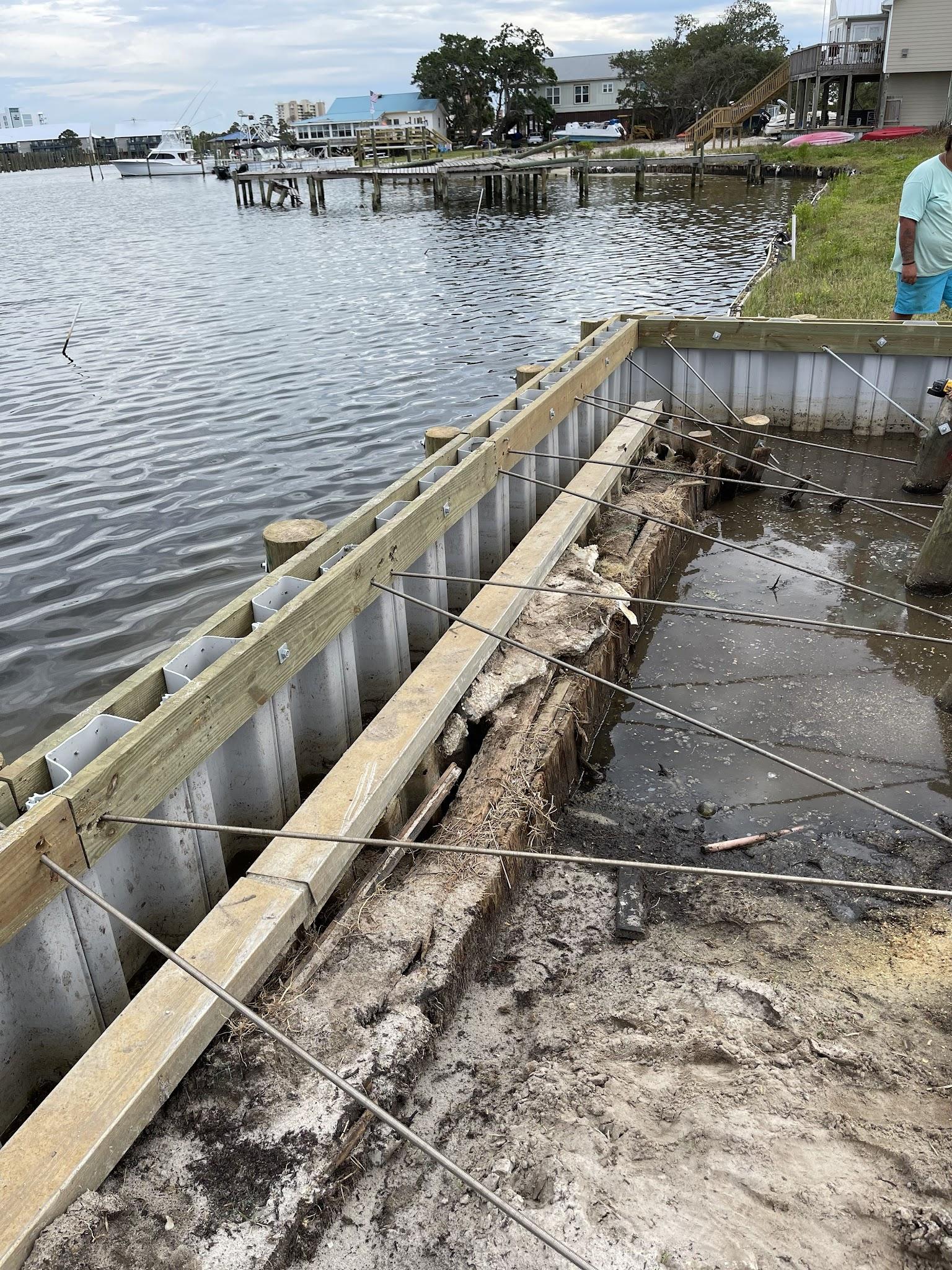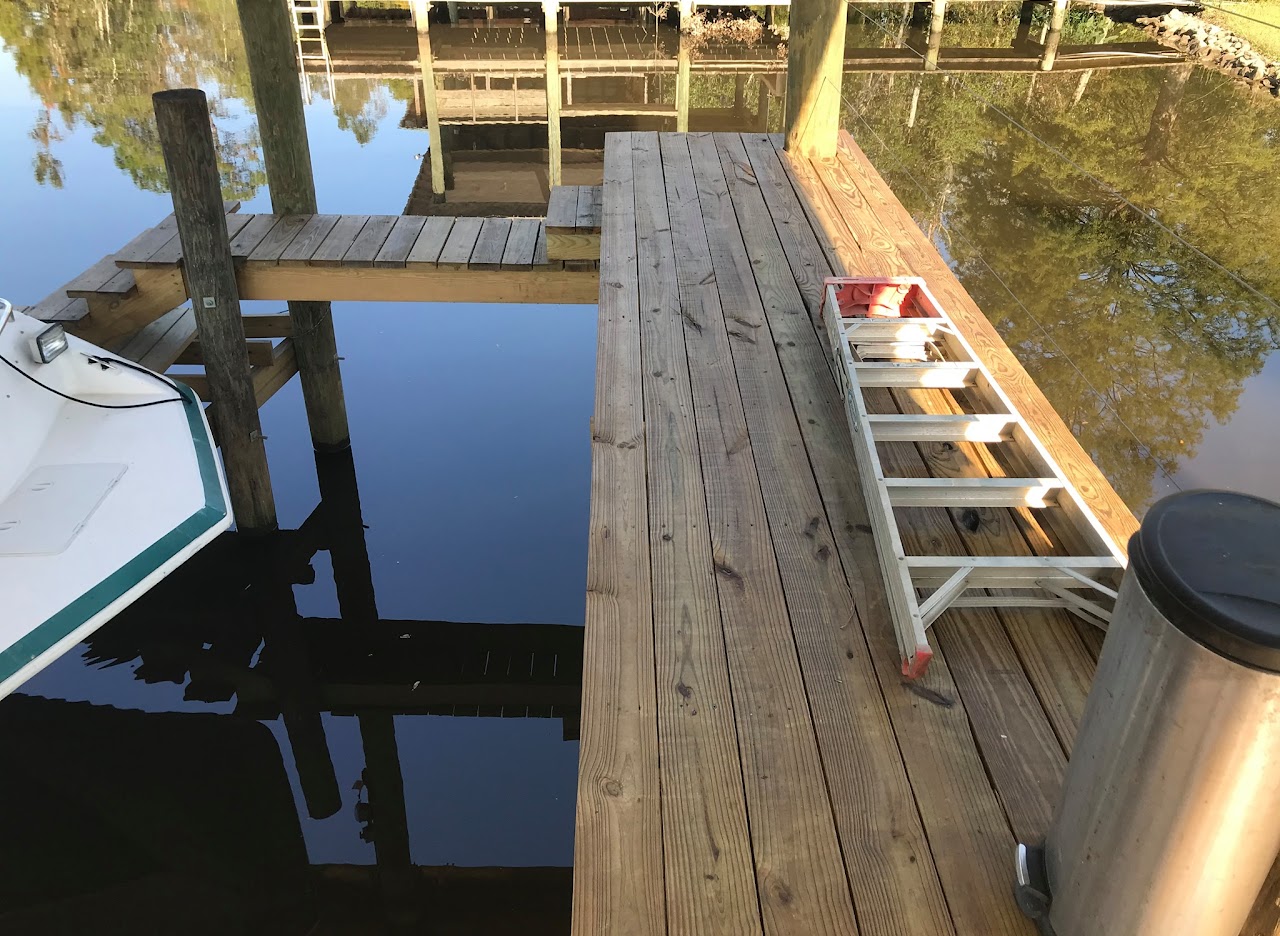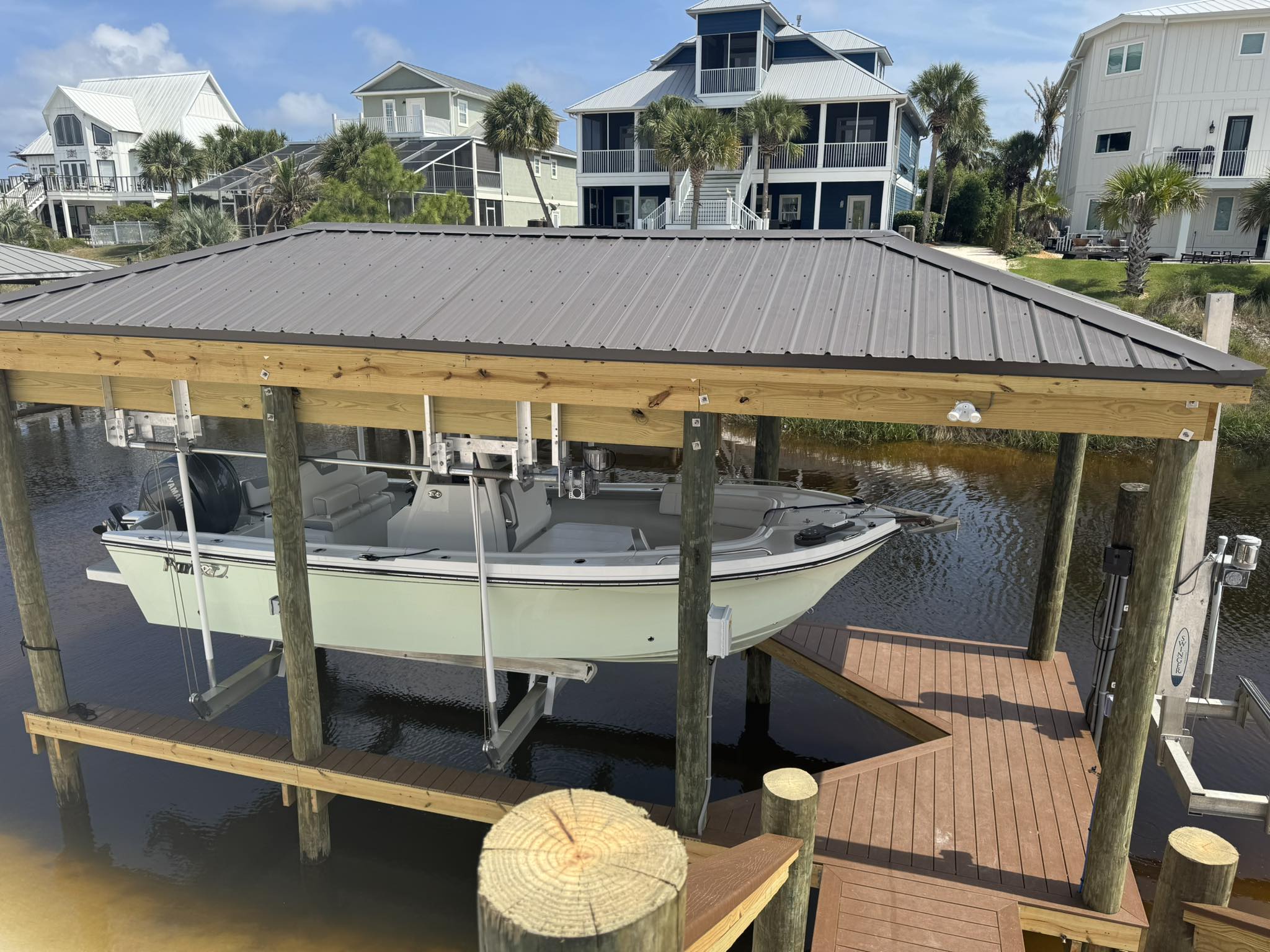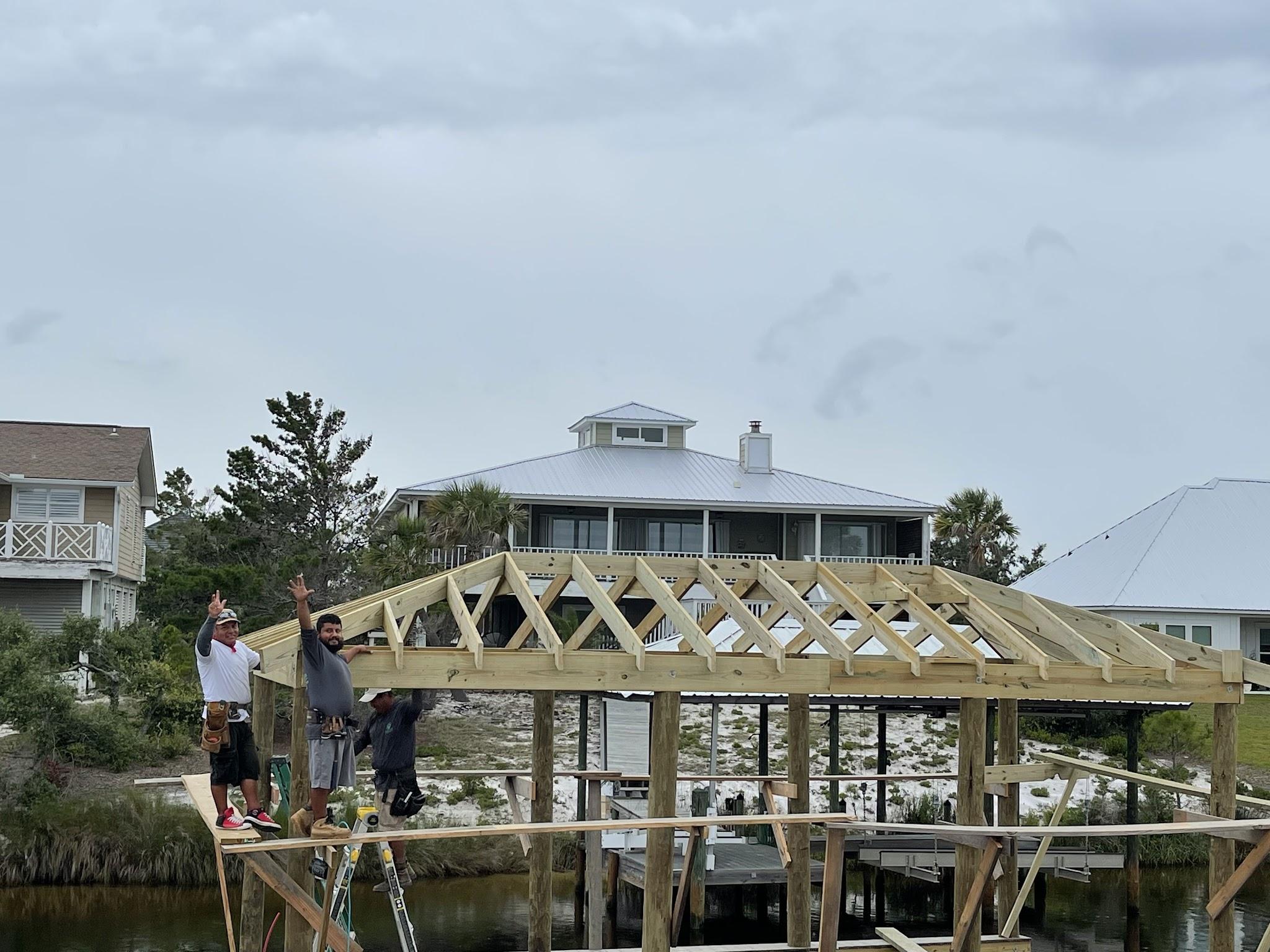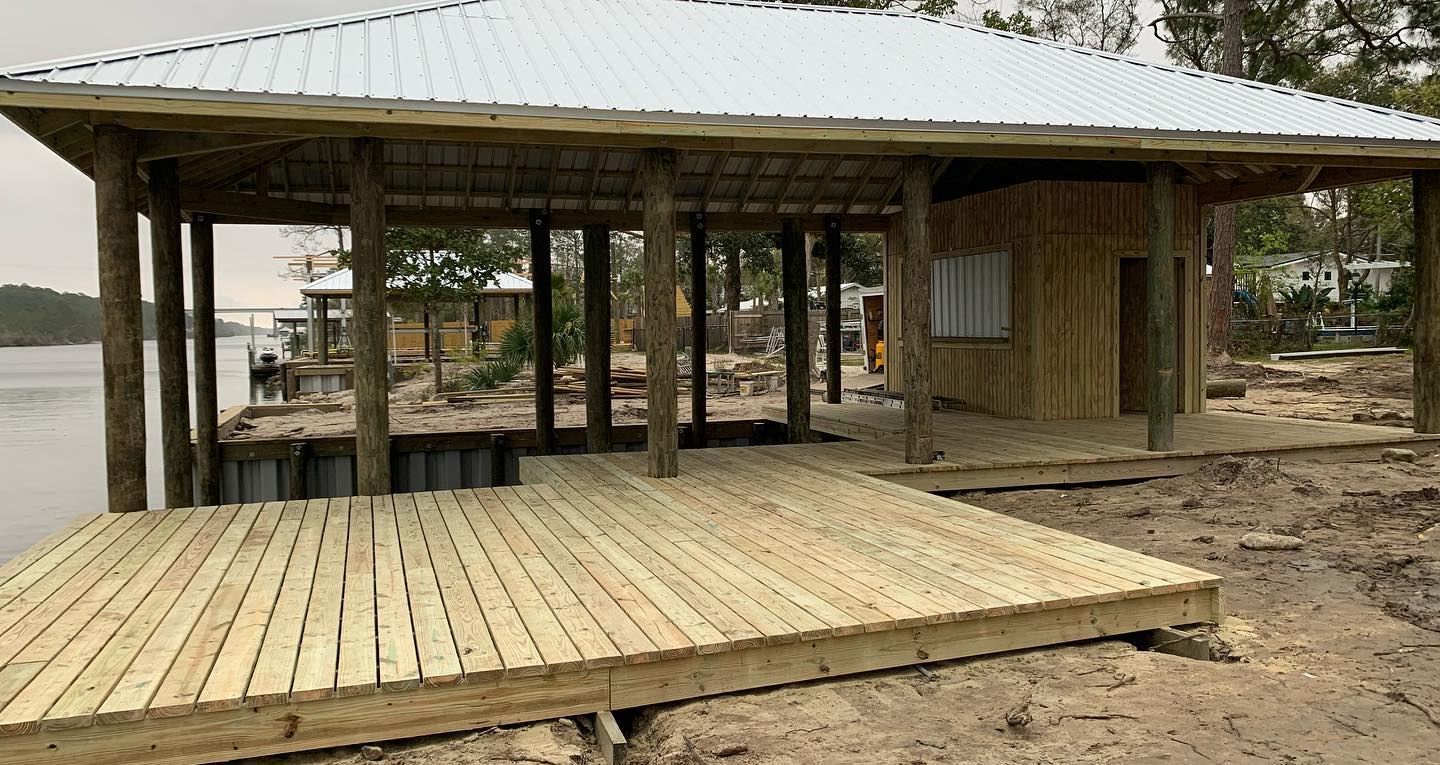Along the Gulf Coast, marine construction is far more than just building seawalls, piers, and docks. It’s about creating systems engineered for the long haul—built to support not only the environment they inhabit, but the evolving needs of those who use them. At GCLM (Gulf Coast Land & Marine Construction), our focus extends beyond the visible aspects of a project. We specialize in building the structural foundations that support boat lifts, gangways, mooring hardware, and dockside power systems.
These aren’t decorative add-ons. These are load-bearing, stress-tested, precision-built systems that require a deep understanding of coastal dynamics, materials science, and long-term exposure.
Engineering the Foundation for Boat Lifts
When planning the structural setup for lifts, we evaluate load transfer patterns from the lift system down through the pilings and into the seabed. This means accounting not just for static weight, but also torque, lift motor vibration, wind loads, and tidal movement. Properly constructed and precisely spaced pilings are critical to the function and safety of a lift. Our goal is to ensure the structural framework exceeds capacity requirements and remains stable under environmental stress over time.
Depending on site-specific factors like water depth, bottom composition, and exposure to currents or boat wake, each structural array is designed with long-term performance in mind. We use treated marine timber or composite piles set to engineered depths, with all connections fabricated from corrosion-resistant hardware and sealed for durability. Precision spacing and leveling are critical, as even slight misalignment can affect lift performance.
Dock Systems Built for Accessories and Adaptability
Docks today serve as multi-functional platforms supporting mooring, recreation, and equipment. At GCLM, we construct dock systems that serve as reliable platforms for future enhancements.
This involves pre-engineering dock framing to accommodate high-load anchoring points for mooring posts, gangway interfaces, utility pedestals, and future accessory installations. In many cases, internal support systems and hidden conduits are embedded to allow for future upgrades without disassembly. These proactive designs reduce the need for invasive retrofitting, making future expansions more cost-effective and less disruptive.
Structural connections are reinforced at high-stress locations, particularly at transitions like gangway attachment points or outer dock fingers, which typically experience greater movement and lateral pressure. Our framing methods ensure load paths are continuous and distributed, which is key to resisting cumulative effects of repeated stress and vibration from daily use.
Seawalls and Mooring Structures that Anchor the System
No dock or lift system is truly independent. The surrounding shoreline infrastructure—especially seawalls and upland anchor points—must work in concert with in-water construction to keep everything secure and in alignment. GCLM constructs seawalls and upland anchoring systems engineered to stabilize both land and marine structures tied to it.
Seawalls are designed with deep footer panels, reinforced tiebacks, and integrated cap systems that create a monolithic structure capable of bearing lateral pressure from tidal cycles and surge. When lifts or dock systems are anchored back to land, load-rated deadman systems or concrete thrust blocks are installed to prevent shifting or distortion under use. This is especially important for installations involving cantilevered walkways or shared-use platforms, where slight movement can affect performance and safety.
Access Systems That Move with the Coast
Gangways and transitional ramps are among the most technically sensitive structures in marine construction. They must flex with tide cycles while remaining rigid enough to provide safe, usable access. GCLM engineers these access systems with tidal variation, slope limitations, and user behavior in mind.
Structural supports—typically on both dock and upland sides—are engineered to withstand static and dynamic loads. These supports tie directly into dock framing and land-based footings. Depending on the site, gangway bearings may require floating hinges, pivot plates, or roller systems that permit safe movement while eliminating lateral drift.
Every gangway interface is tested against the expected range of motion across seasonal and storm-related tidal changes. Materials are selected not just for strength but also for minimal maintenance. Structural aluminum and stainless steel, combined with composite or fiberglass decking, resist corrosion and maintain grip even in wet conditions.
Power and Utility Infrastructure Built to Last
Supporting today’s marine accessories also means managing increasing demands for electricity and plumbing along docks and piers. GCLM provides structural preparation and secure housing for marine utility systems, ensuring sensitive services are protected and accessible.
We embed conduit chases, mount power pedestals on reinforced decking pads, and install drainage solutions for systems that require water or fuel. When necessary, we coordinate with licensed electricians and plumbers to ensure all elements meet or exceed national marine construction standards. The underlying structure is rated for point loads created by pedestal equipment while allowing for service access and emergency shut-offs.
By constructing the substructure properly from the beginning, GCLM ensures that upgrades like lift controls, lighting, surveillance, and shore power connections are safely supported for years to come.
A Systems Approach to Coastal Engineering
Everything built at GCLM follows a systems-based approach. Each marine element is evaluated not as an isolated project, but in how it interacts with the property, shoreline, and future accessory systems. From the first pile to the final fastener, long-term durability, compatibility, and ease of expansion are considered.
Many past projects perform exactly as intended years later—even after storms or environmental shifts—because movement, stress, salt exposure, and seasonal change are planned for during every construction phase. This is more than craftsmanship; it’s engineering foresight.
Build It Right. Build with GCLM.
For marine projects that require more than just good looks—platforms that perform under pressure and grow with your needs—GCLM is the Gulf Coast partner in marine construction. Whether building a new dock, upgrading shoreline infrastructure, or preparing to support heavy marine accessories, GCLM provides the structural systems that make it all possible.
Let’s discuss your project and how we can support what comes next—above and below the waterline.

